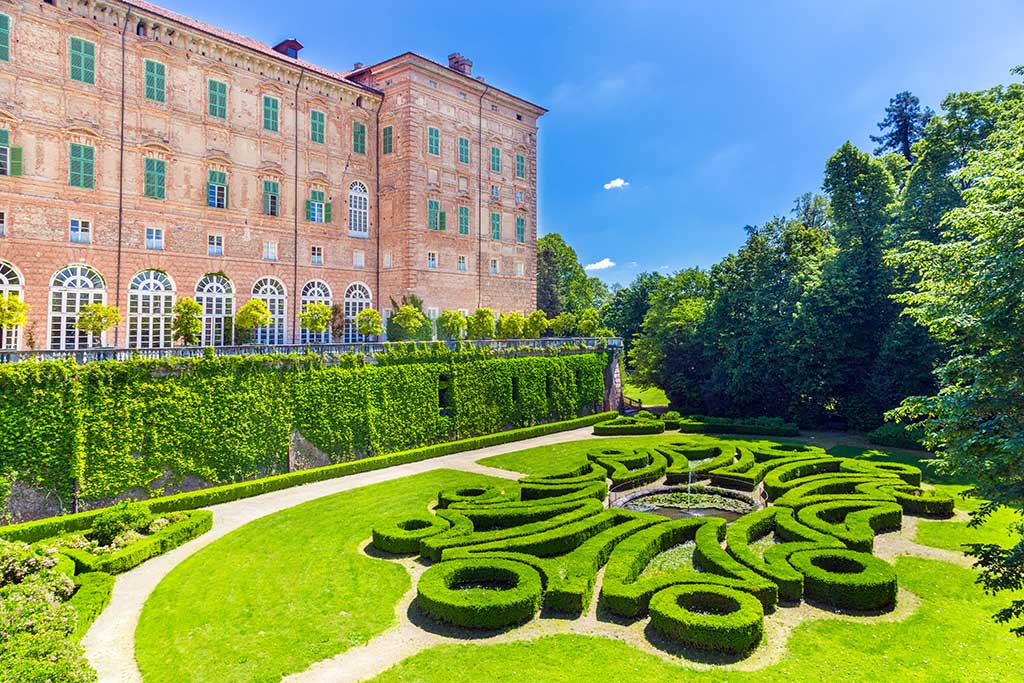Welcome to Piedmont
in Italy, one of the most popular vacation destination in the world. If you’are
planning to visit Italy for your next trip and you are looking for the best
places to visit, here you’ll find tips and suggestions of most popular point of
interest and activities not to be missed. Find out what to see in the main art cities such as Turin and the Mole
Antonelliana, Verbania and the enchanted gardens of Pallanza, Stupinigi and the
Savoy hunting palace, Cuneo the big city, what to do in a day trip to the lakes
or in the mountains, such as they are the most unusual Piedmontese villages to
visit. Whether you travel by motorbike or camper, or
you decide to visit Piedmont in summer or winter, on a rainy or sunny day,
whether you have two or three days available, Visititaly always offers you the
right tips for planning a trip. Travelers will
appreciate this italian region with his rich historical and artistic heritage,
local culture and environment. Discover the monuments, buildings, natural treasures
and all the details that characterize Piedmont and its territory. Share and suggest a place you've visited.

Castello Ducale di Agliè
A holiday in Piedmont will bring out a wealth of experiences for lovers of art and culture. The region in north west Italy is famous for its devotion to tradition and heritage. Literally meaning at the foot of the mountains, Piedmont provides a depth of cultural and artistic insight.
The regional capital Turin is the perfect example of the region's culture. A must-see in the city is the Egyptian Museum which, after Cairo, is the world's foremost collection of Egyptian antiquities. This vibrant city is also home to the National Museum of Cinema, housed within the iconic yet bizarre-looking structure of the Mole Antonelliana.
Alba, just south of Turin, also brings out a range of artistic highlights. Foremost of these is the historical converted church housing the Centro Culturale San Giuseppe. Here visitors can experience a range of art exhibitions and orchestral concerts, plus the chance to view the recently discovered ancient Roman remains in the basement.
Head to Vercelli for the medieval wonders of the Old Town and superior museums, such as the old art galleries Museo Borgogna and Museo Leone.
Cuneo is another Medieval gem situated close to Alba, and home to fantastic churches and palazzos. A stroll under the 12th century porticos of Contrada Mondovì is a must.
A Piemontese holiday would be incomplete without a full exploration of the smaller medieval towns and villages in the scenic Langhe region. This area is peppered with historic villages like Bergolo, Cortemilia and Levice- friendly and inviting localities full to the brim with picturesque inns, crafts shops and trattorias.
written by Emilio Aronica - Last update: 03/09/2022